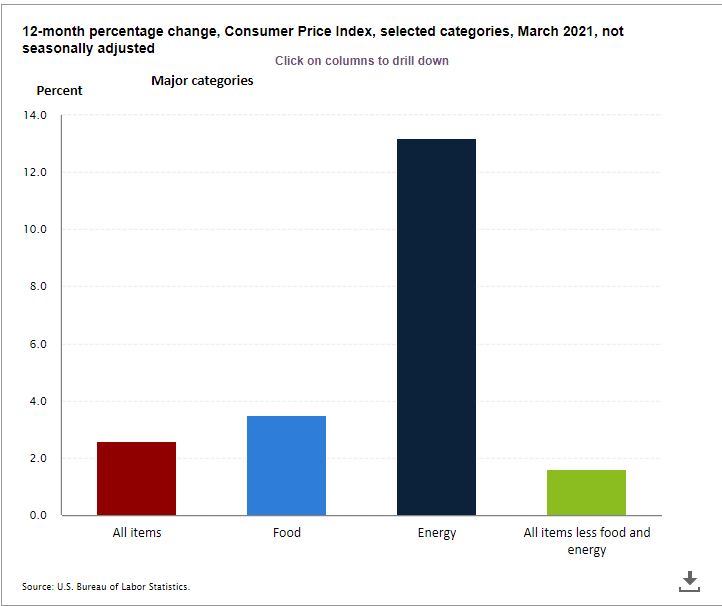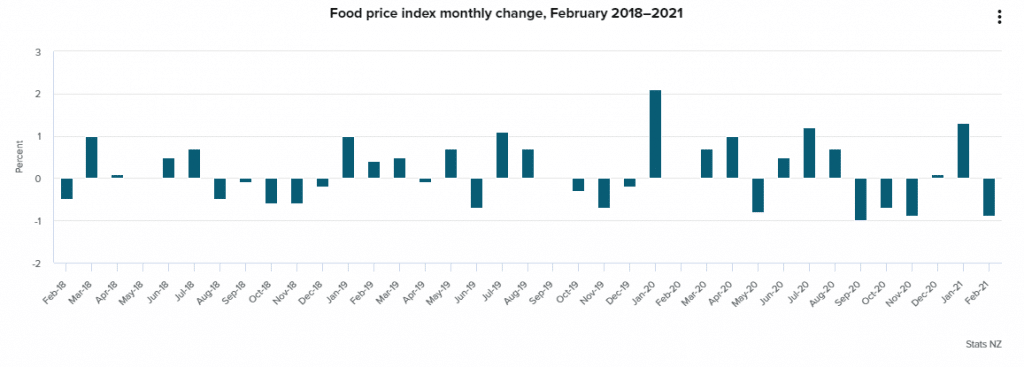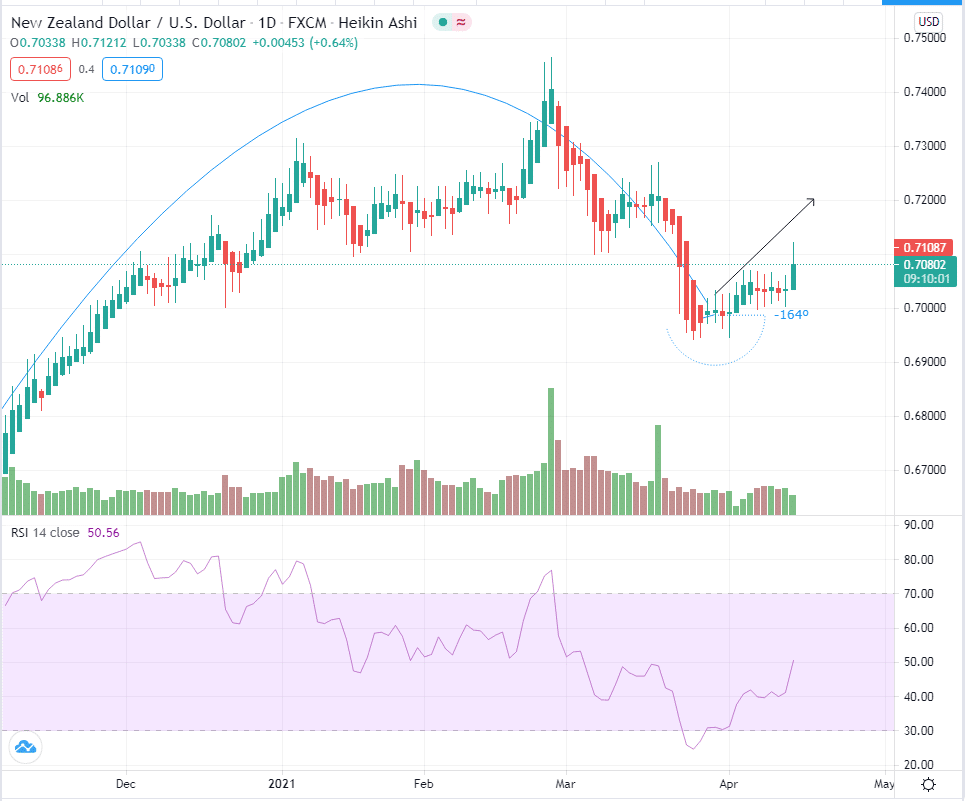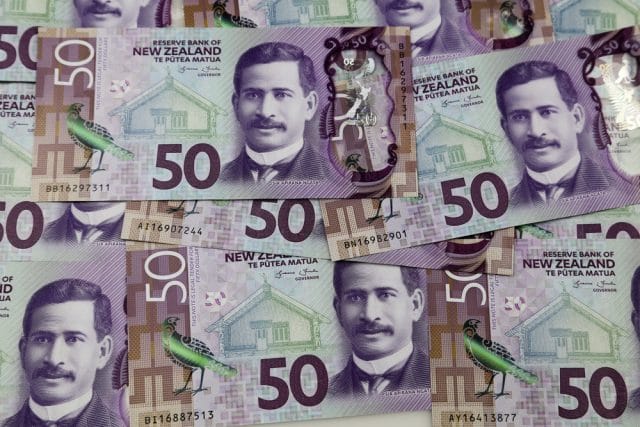- The RBNZ maintained the OCR at 0.25% in April 2021.
- New Zealand’s surge in prices is twice that of the US at 22% in 2021.
- The RBNZ hopes to cut housing prices by increasing deposits to 40% in May 2021.
The NZD/USD pair closed at 0.7051 on April 13, 2021, recording a +0.83% change from the previous trading day. On April 14, 2021, the pair’s bidding price rose 0.8% to 0.7108 after the market reacted to the Reserve Bank of New Zealand’s (RBNZ) decision to keep the official cash rate (OCR) at 0.25%.
The bank announced that it would purchase government bonds, Local Government Funding Agency (LGFA) bonds, and inflation-indexed bonds by June 2022 worth NZ$100 billion. RBNZ maintained its bond-purchasing program into April 2021 on the premise that bond purchases worth up to 10% of the GDP can lower bond yields such as the 10-year government bond by at least 50 basis points.
Rising inflation
The US core CPI for March 2021 inched up 0.3% month-on-month from a low of 0.1%. It also rose 1.6% year-on-year from a low of 1.3% in 2020. Estimates from the Dow Jones indicated that CPI would increase by 0.5% MoM and 2.5% YoY.
The rising prices were a solid indication that the economy received a major boost from Biden’s stimulus plan. As part of the 13.2% increase in energy prices, gasoline was the highest contributor at 22.5%

US CPI for March 2021
The percentage change for all items in a 12-month average stood at 2.6%, while food prices edged 3.5%. Energy prices rose the highest at 13.2%, while all items, less food, and energy inched up 1.6% over the year.
The RBNZ was hopeful that the inflation rate would surpass 2% due to the increase in oil prices and disruptions in the supply chain. In March 2020, it cut the OCR by 75 basis points and left it constant until March 2021.
New Zealand’s food prices declined to -0.9% in February as the CPI struggled to maintain its pre-pandemic highs.

New Zealand food prices from February 2018 to February 2021
January 2020 saw the prices hit a 3-year high of 2.1% before falling to 1.2% a year later.
Housing prices
Housing stock values in New Zealand soared to NZ$200 billion into 2021. According to the RBNZ, the worth of residential properties jumped to NZ$1.39 trillion in December 2020 from NZ$ 1.19 trillion in December 2019.
The annual GDP stood at NZ$ 322 billion, with housing prices holding the bulk of the economy. The national median house prices rose to a record NZ$780,000 in February 2021, with only 17.6% selling for less than NZ$500,000 country-wide.
In the US, the average sale of homes as of Q4 2020 lowered to $393,300 from an annual high of $397,000 in Q3 2020.

US Average housing prices
In January 2021, US housing prices surged 11% YoY, the quickest rise in 15 years. New Zealand’s gain in housing prices is twice that of the US at 22%. Globally, property values have increased at an average of 5% in the past 12 months.
This gain has been attributed to the fiscal stimulus plan coupled with low interest rates, including mortgages. The reduced cost of borrowing has encouraged the growing value of residential properties notable in developed nations. However, the RBNZ indicated that from May 1, 2021, investors would need to have 40% before securing property, up from 20%. Mortgage lending would also be capped to 5% to reduce the surging prices.
Technical analysis

NZD/USD
The NZD/USD pair formed an arc formation from November 2020 to the end of March 2021. The pair made a turn and began to surge towards new support at 0.7108. The pair is expected to hit 0.7200. The 14-day RSI indicates increased buying at 50.56.




